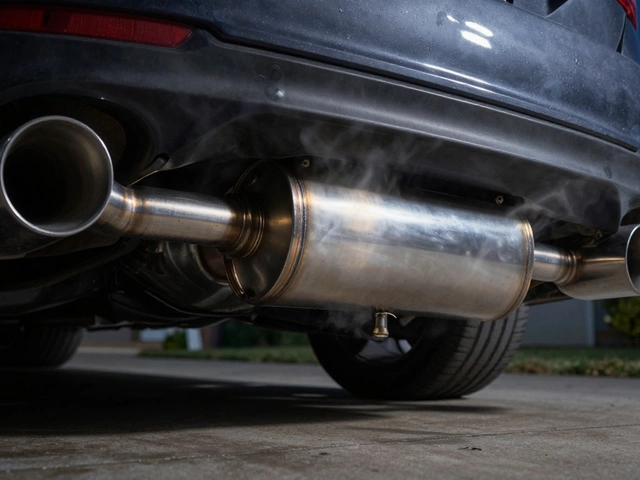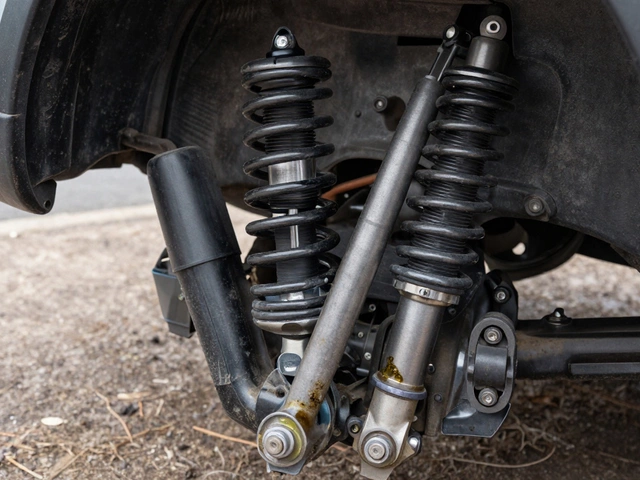Wiper Fluid: What It Does and Why It Matters for Your Car
When you flip on your windshield wipers, you’re counting on wiper fluid, a specially formulated liquid that cleans your windshield while protecting the wiper blades and washer system. Also known as windshield washer fluid, it’s not just water—it’s got cleaning agents, antifreeze, and lubricants built in to handle everything from bug splatter to winter ice. Most drivers think it’s just a convenience, but running out or using the wrong kind can turn a simple rainstorm into a dangerous blind drive.
Wiper fluid doesn’t just clean—it protects. Without it, your wiper blades drag across dirt and grime, wearing out faster and scratching your glass. And if you’re using plain water in freezing weather? You’re not just wasting time—you’re risking cracked nozzles, frozen lines, and a system that won’t work when you need it most. The right fluid keeps your washer pump running smoothly, prevents ice buildup in winter, and even helps break down road salt and tree sap that regular water can’t touch.
It’s not just about the fluid itself. It’s about how it works with your wiper blades, the rubber strips that physically sweep the glass clean, and your windshield, the front glass that must stay clear for safe driving. Bad blades smear even with perfect fluid. A dirty or cracked windshield needs more than fluid—it needs attention. And if your washer nozzles are clogged or your pump is failing, no amount of fluid will help. That’s why checking your wiper fluid level is as important as checking your oil or tire pressure.
Every season brings different challenges. Spring means pollen and bird droppings. Summer brings bugs and dust. Fall is full of leaves and sap. Winter? Ice, salt, and road grime. Each one needs the right blend of fluid to handle it. Most stores sell all-season fluid, but if you live where it drops below freezing, you need winter-grade fluid with a lower freezing point. And if you drive on dusty roads or haul a lot of dirt, a bug-removing formula can save your windshield from permanent stains.
You don’t need to be a mechanic to keep your wiper system in good shape. Just check the reservoir every time you fill up. Top it off when it’s low. Don’t wait until you’re stuck in a downpour with no visibility. Replace worn blades every six to twelve months. Clean the nozzles with a pin if the spray is uneven. These small steps keep you safe and avoid expensive repairs down the line.
What you’ll find below are real, practical guides from drivers who’ve been there—how to pick the right fluid for your region, what to do when the spray stops working, why some brands work better than others, and how to avoid common mistakes that ruin your visibility. No fluff. Just what works.





